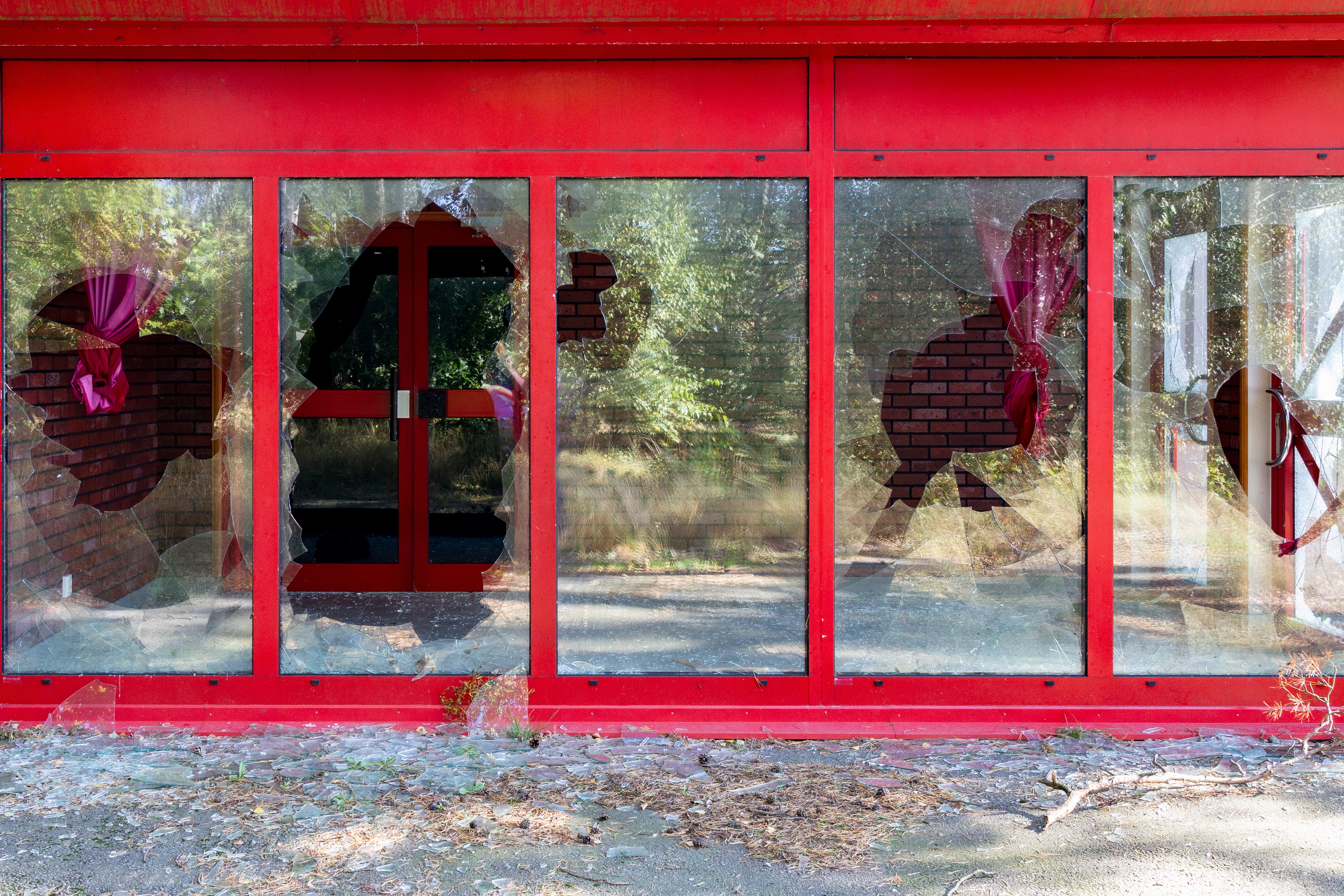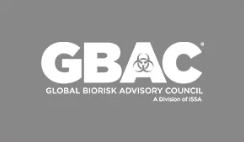How Forensic Services Restore a Room that a Crime Took Place in
Having a crime committed in your home or business is a whirlwind that can leave you struggling to keep up. If that crime also includes a homicide or suicide, then you also have to deal with deep trauma and pain. After the police officers, detectives, and other investigators have gone, often there is a mess left that needs to be cleaned, and you should not be the one that has to do it.
Finding a Forensics Services Team
Hiring a team for  Forensics Services in Illinois will help you take a step back while a team of professionals discreetly, quickly, and safely clean up your space so you can start to heal. Finding a team that will use discreetly marked vehicles to protect your privacy can help you avoid nosey neighbors and a ruckus during cleanup.
Forensics Services in Illinois will help you take a step back while a team of professionals discreetly, quickly, and safely clean up your space so you can start to heal. Finding a team that will use discreetly marked vehicles to protect your privacy can help you avoid nosey neighbors and a ruckus during cleanup.
You should also be sure to find a team that adheres to OSHA regulations. Following these procedures when dealing with possible bloodborne pathogens will ensure a safe cleanup for the team and for you.
Procedures should eliminate the danger of cross-contamination. All traces of blood and other biological materials should be removed, disinfected, and deodorized. A good team will also test to make sure that all areas affected are free of pathogens after cleaning. A good forensics services company will make your health and safety a top priority so you can focus on healing and not have to worry about contamination.
Biohazard Remediation
It may seem like a forensic services team is just another cleaning crew, but the process for biohazard remediation is detailed and precise. Biohazard remediation is the kind of cleaning needed to remove, clean, and disinfect blood, bodily fluids, or other potentially harmful pathogens. These are present in areas where there has been a death, accident, or communicable disease outbreak.
In order to ensure safety and reduce the risk of bloodborne pathogens, biohazard remediation companies require extensive training, certification, equipment, and licensing. The remediation process and cleaning agents are important to ensure safety.
First, an assessment must be done on the location. An initial walk-through of the property and scene of the crime will allow the team to formulate a plan for cleaning. Procedures and supplies needed can be noted at this stage, and a plan made to ensure efficiency.
Next, taking control of the scene and setting up for the cleaning procedure is necessary. Securing and separating the area from other non-contaminated areas means a faster clean up and reduces the risk of cross-contamination. It also reduces the possibility that a person could interfere with the cleaning process.
After the scene is secure, it is time to do the actual cleaning. All traces, both visible and not visible, of blood and other biological materials and removed from the area. This is the most dangerous part of the cleaning process, and proper protective gear and supplies are needed to protect the people cleaning.
Once the area is cleaned, it still needs to be disinfected and deodorized to restore it back to its original state. When the process is complete, an adenosine triphosphate testing device is used to ensure that all traces are removed, and the space is safe to inhabit again.
Keep Your Home & Family Safe











